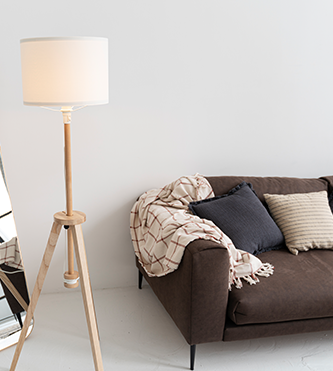
The Six Guidelines for Effective Home Staging Decorating and staging are not the same thing. While personal preference has a...

You may turn any property into the ideal house by reading our interior design principles, learning about the staging procedure, and using our DIY advice and recommendations.

The Six Guidelines for Effective Home Staging Decorating and staging are not the same thing. While personal preference has a...
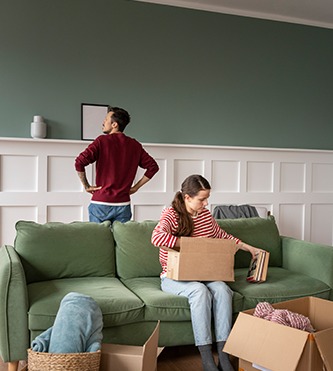
The removal of personal objects is arguably the most crucial step in house staging. Buyers are not interested in learning...
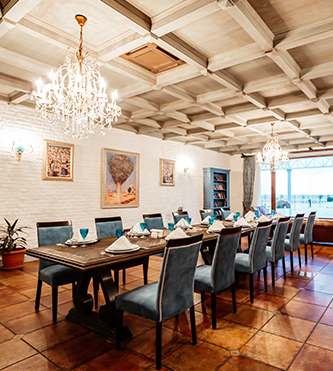
Personalizing Your Setting to Draw in Regional Buyers: Ideas for Success Although house staging is a crucial step in the...
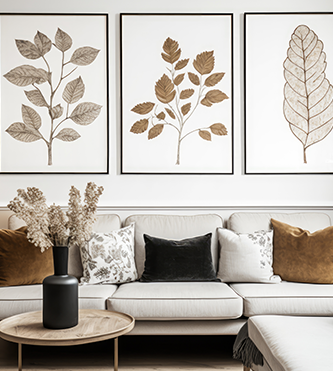
Selecting Wall Art Even if you are unable to distinguish between a Pissarro and a Picasso, you are still capable...
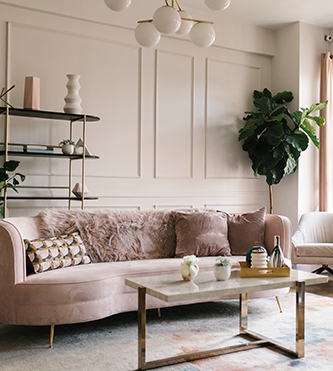
101 Soft Furnishings Even after remodeling your house, something doesn’t feel quite right. Because of what? Probably a deficiency of...
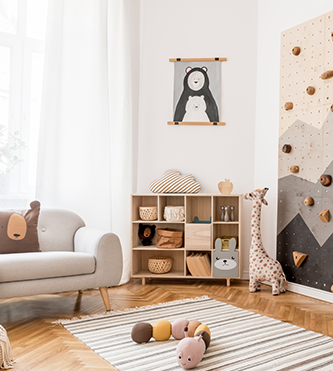
Five Approaches to Kid-Friendly Interior Design Good interior design shouldn’t have to be compromised just because there are small children...
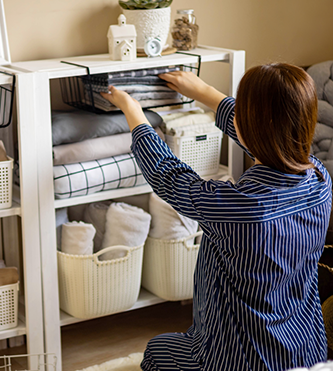
Five Tips for Organizing from an Expert Home Staging I’ve witnessed the beneficial effects that organization can have on an...

Enhance Your Real Estate Sales in Prince Edward Island with Cinematic Video Particularly in the Prince Edward Island area, there...
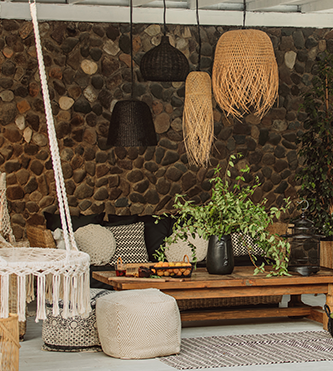
Bohemian Interior Design Style Guide Anyone who has ever browsed through the Anthropologie catalog or been into one of their...
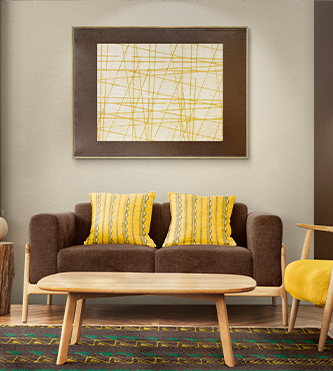
Is It Possible To Purchase Furniture From A Staging Company? If you’re not familiar with the word, home staging includes...
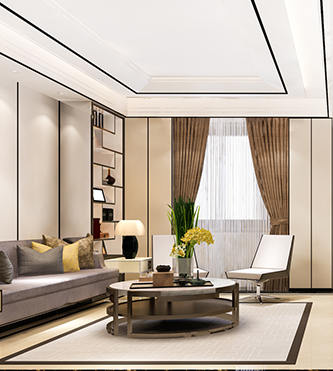
How Do I Pick the Best Home Staging Company? Anyone who has ever browsed through the Anthropologie catalog or been...